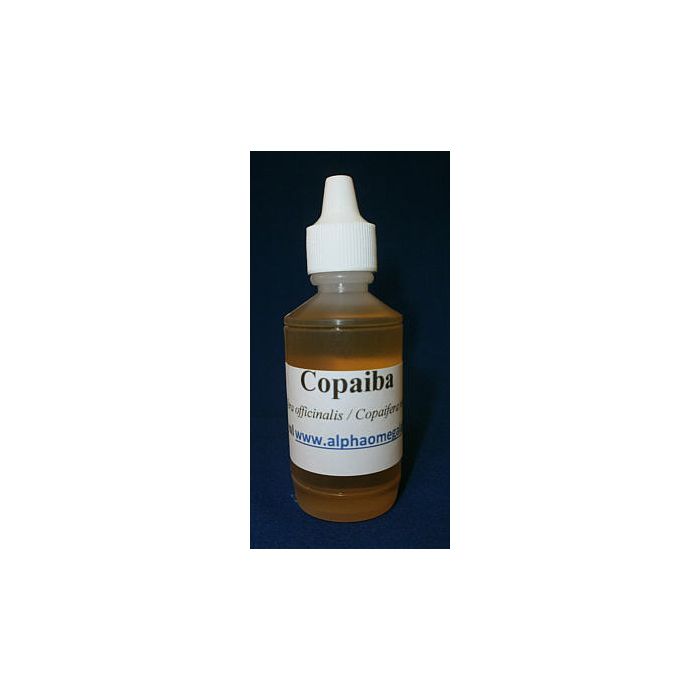Summarized Description: Copaiba is a collective term for a wide variety of small, tropical trees from the Caesalpiniaceae subfamily. It's ethnobotanical use is most probably thousands of years old. In the West, it first appears, according to John Uri Lloyd (1898) in manuscripts dating to the fifteenth century.![]() The product we sell comes from wild-crafted copaiba sap that has been harvested by Shipibo speaking associates and collectors of the Ucayali Region of Peru.
The product we sell comes from wild-crafted copaiba sap that has been harvested by Shipibo speaking associates and collectors of the Ucayali Region of Peru.![]() Copaiba is used to effectively treat a wide variety of conditions: wound healing, coagulant (to stop bleeding), skin sores, insect bites, hemorrhoids, skin and nail fungus (all topically); and to treat cystitis, chronic diarrhea, and respiratory ailments, such as sinusitis and bronchitis (internal).
Copaiba is used to effectively treat a wide variety of conditions: wound healing, coagulant (to stop bleeding), skin sores, insect bites, hemorrhoids, skin and nail fungus (all topically); and to treat cystitis, chronic diarrhea, and respiratory ailments, such as sinusitis and bronchitis (internal).![]() Leslie Taylor reports that researchers in Tokyo were successful in isolating "six chemicals (clerodane diterpenes) in the oleoresin of copaiba in 1994 and tested them against carcinomas in mice to determine their antitumor activity. One particular compound, called kolavenol, was twice as effective at increasing the lifespan in mice with carcinomas (by 98%) as the standard chemotherapy drug, 5-Fluorouacil (5-FU) . . . Interestingly, the in vivo tests provided better anti-tumor effects than in previous test-tube studies." She goes to report that a team of Spanish researchers "documented copaiba's antimicrobial effects in 2002 also tested for in vitro antitumor effects. These scientists reported that another phytochemical in the resin, methlyl copalate, had in vitro activity against human lung carcinoma, human colon carcinoma, human melanoma, and mouse lymphoid / neoplasm cell lines. Brazilian researchers reported in 2002 that one of copaiba's active chemicals, kaurenoic acid, also inhibited the growth of human leukemic cells by 95%, and human breast and colon cancer cells by 45% in vitro. Kaurenoic acid can comprise as much as 1.4% of the natural copaiba oleoresin.
Leslie Taylor reports that researchers in Tokyo were successful in isolating "six chemicals (clerodane diterpenes) in the oleoresin of copaiba in 1994 and tested them against carcinomas in mice to determine their antitumor activity. One particular compound, called kolavenol, was twice as effective at increasing the lifespan in mice with carcinomas (by 98%) as the standard chemotherapy drug, 5-Fluorouacil (5-FU) . . . Interestingly, the in vivo tests provided better anti-tumor effects than in previous test-tube studies." She goes to report that a team of Spanish researchers "documented copaiba's antimicrobial effects in 2002 also tested for in vitro antitumor effects. These scientists reported that another phytochemical in the resin, methlyl copalate, had in vitro activity against human lung carcinoma, human colon carcinoma, human melanoma, and mouse lymphoid / neoplasm cell lines. Brazilian researchers reported in 2002 that one of copaiba's active chemicals, kaurenoic acid, also inhibited the growth of human leukemic cells by 95%, and human breast and colon cancer cells by 45% in vitro. Kaurenoic acid can comprise as much as 1.4% of the natural copaiba oleoresin.
Uses & Protocols
Warnings & Contraindications
Shelf-Life
Write Your Own Review





